Affiliate links on Android Authority may earn us a commission. Learn more.
How to set up and use Google Nest speakers
Published onAugust 24, 2022
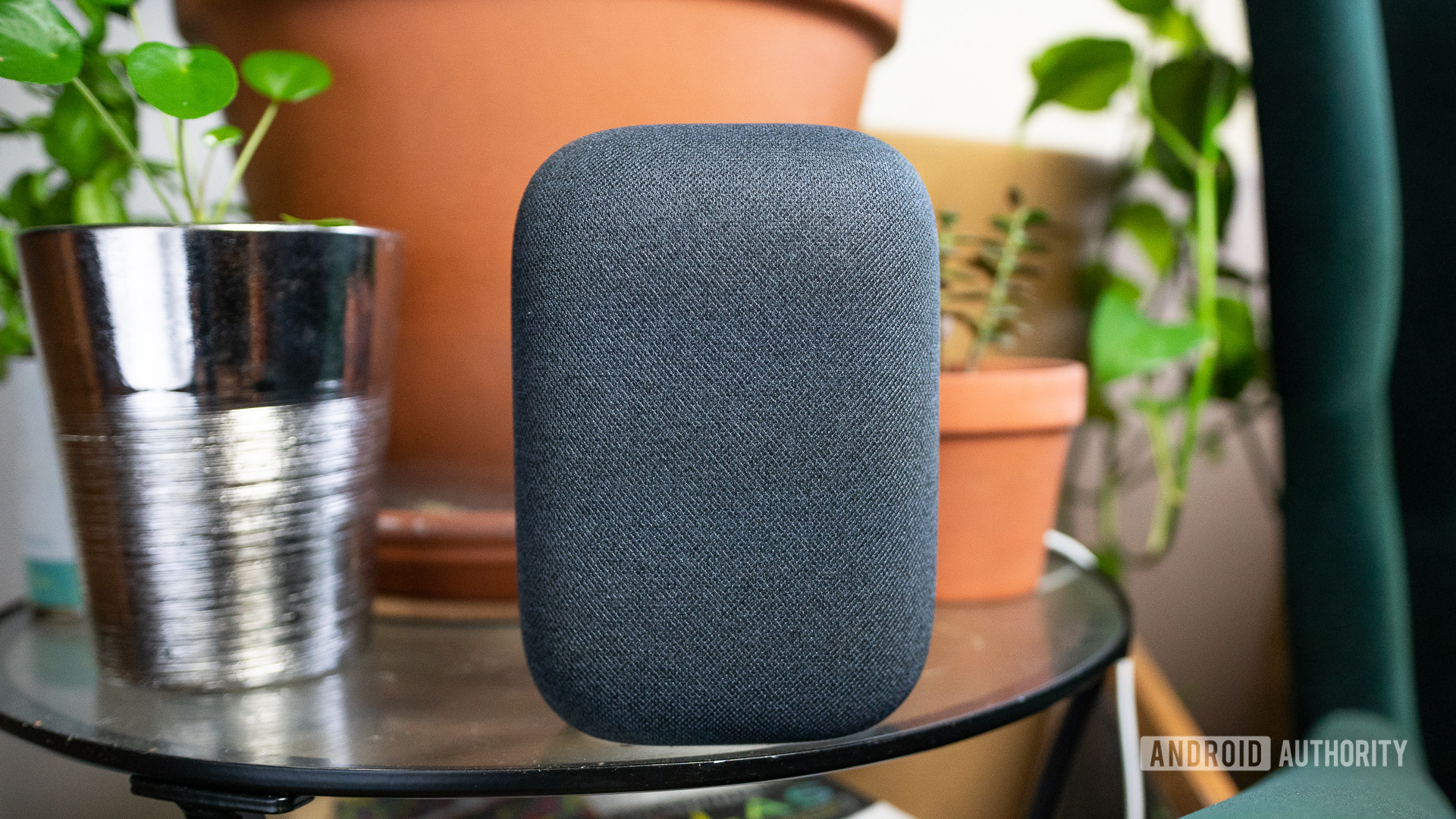
So you’ve got yourself a Google Nest speaker, and now it’s time to set it up. No stress ― the process only takes a few minutes, and doesn’t require any serious technical skills. We’ll guide you through every step so you’ll be able to boss your new speaker around in no time. Without further ado, here’s how to set up Google Nest speakers, including the Nest Mini, Nest Audio, and even Nest Hub smart displays.
QUICK ANSWER
To set up Google Nest speakers, plug them into power, then open the Google Home app. Tap the plus icon in the upper-left. Select Set up device, then New devices. Make sure you have your Wi-Fi login handy, and that your phone, router, and speaker are all close enough to each other for a good signal.
JUMP TO KEY SECTIONS
How to set up Google Nest speakers
First things first — regardless of the device, you’ll have to set it up using your smartphone. To do so, you’ll need to download the Google Home app. Make sure you’re signed in to your Google account before you continue.
Once that’s done, connect your speaker to power. It should start booting up, indicated by flashing lights or (in the case of smart displays) animations.
Back in the Google Home app, tap the plus icon in the top-left corner, select the Set up device option, and then choose New devices. Follow on-screen instructions, including naming your device and connecting it to your Wi-Fi network. Have your Wi-Fi name and password handy.
We should note that there’s an automatic discovery process, and it’s possible that Home won’t detect your speaker. In that case, make sure that your phone, speaker, and Wi-Fi router are close enough together to ensure a good signal, then try the setup process again. If you have a lot of devices linked to your router (especially a Wi-Fi 5 router), the problem could be oversaturation, preventing new devices from connecting. We recommend a Wi-Fi 6 or 6E mesh router for smart homes.
Read next: The best Google products you can buy
How to use Google Nest speakers
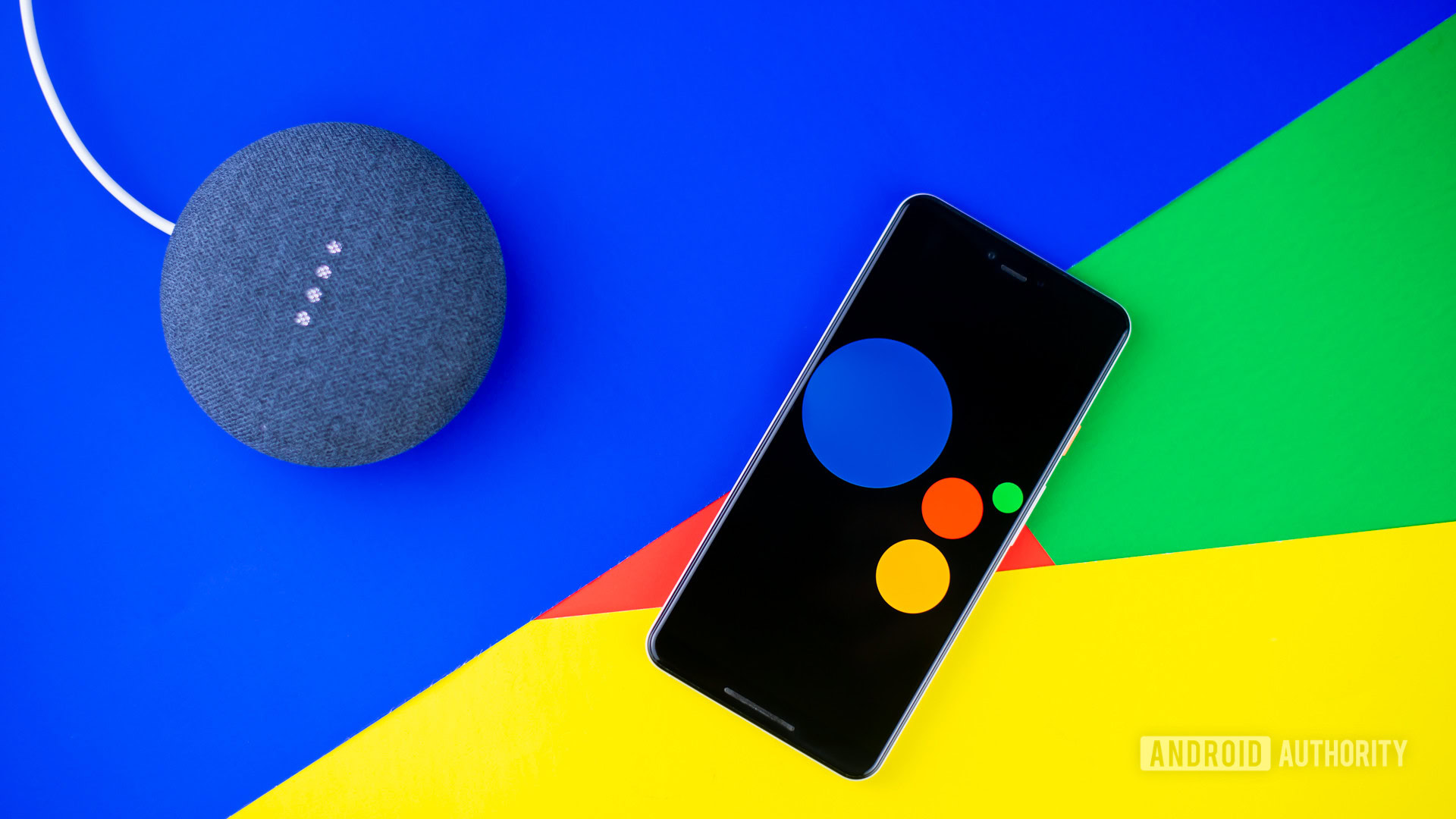
Now that your Google Nest is all set up, you’re probably wondering how to use it if you’re new to smart speakers. Follow the link below for Google Assistant voice commands, and the rest of this guide for how to adjust volume, reboot, factory reset, mute, and enable Guest Mode.
You might also be wondering how to run automations, whether for audio or controlling smart home accessories. We’ve got a quick primer on that as well.
Here: The best Google Assistant commands
How to control the volume on your Google Nest speaker
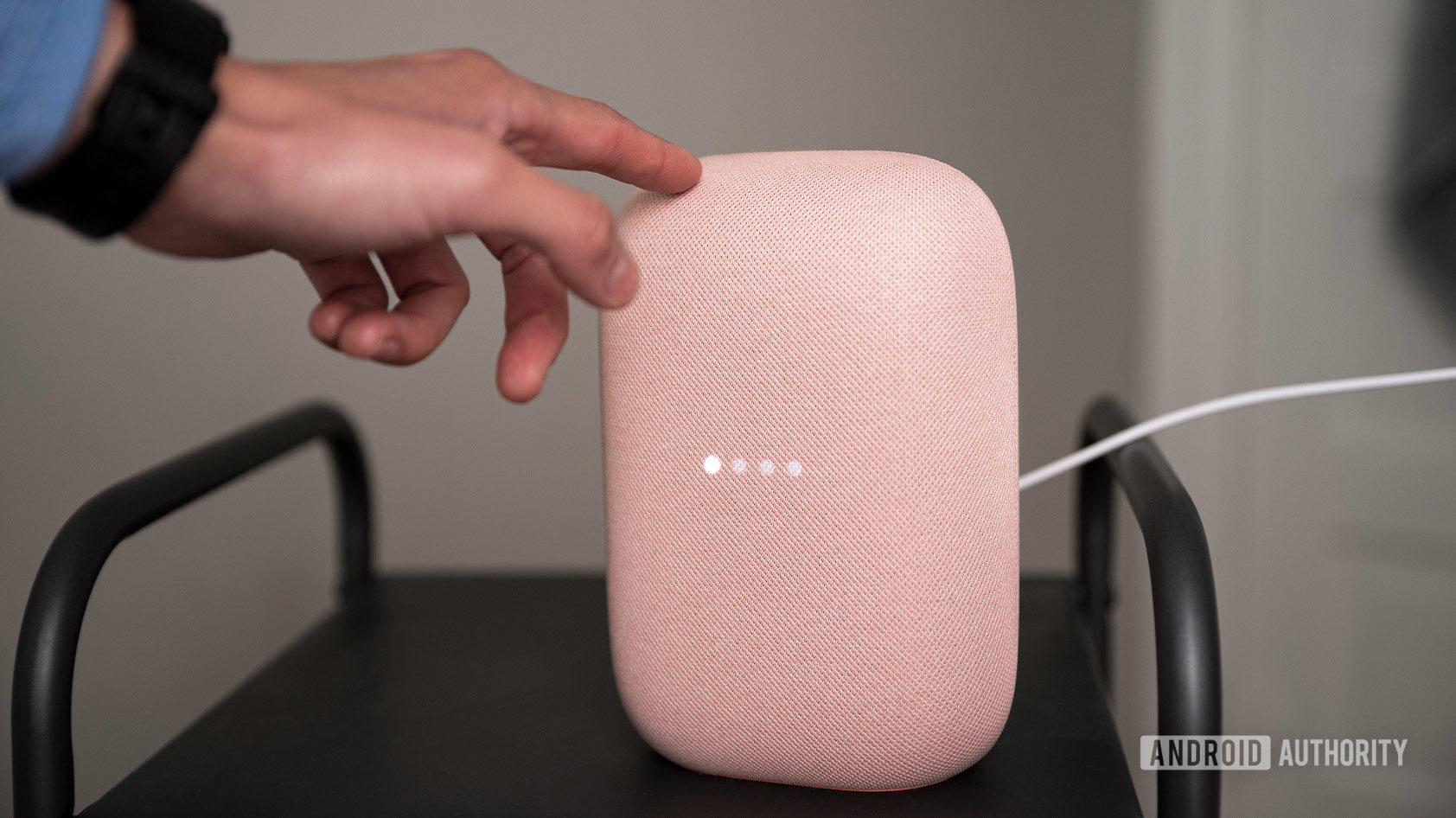
Some surfaces on the Nest Mini and Nest Audio are touch-sensitive, providing physical controls for volume and playing and pausing music. You can, of course, use voice commands (more on this in a moment), but sometimes touch is simpler or less disruptive.
On a Nest Mini, tap the left side of its face to reduce volume, and the right side to increase it ― these directions assume your power cord is facing away from you. Tap the center of the grill to play or pause.
The Nest Audio has these sensors on the very top of the speaker. Tap on the left corner to lower the volume, or the right to increase it. Tap in between to play or pause.
Meanwhile, the Nest Hub and Nest Hub Max have volume rockers located behind their displays on the right-hand side. To play or pause content, just tap the appropriate onscreen icon.
Voice commands for volume are extremely intuitive ― if you can think of one, it’ll probably work. Here are a few examples:
- “Hey Google, set the volume to 5.”
- “OK Google, increase volume.”
- “Hey Google, lower volume.”
- “OK Google, change the volume to 30 percent.”
How to mute your Google Nest
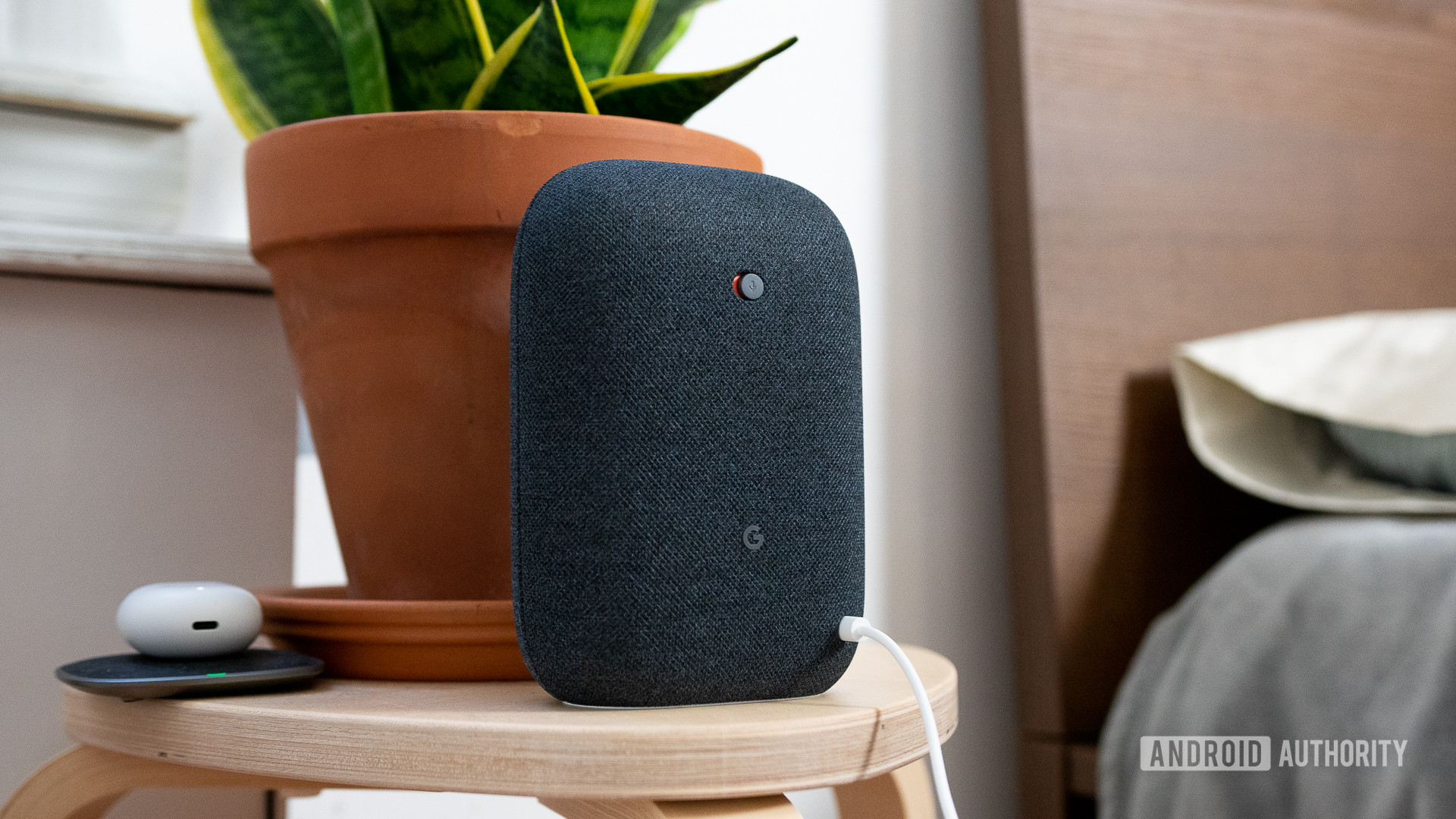
If by muting you mean quieting audio without stopping it, you can simply say “Hey Google, mute” or “Hey Google, set volume to zero.” Just remember to undo this later.
If you’re talking about turning off the microphone, every Google Nest speaker has a physical switch, usually located on the back. On the Nest Hub Max, that switch additionally shuts off its camera.
Read more: The smart home privacy policies of Amazon, Apple, and Google
How to reboot your Google Nest
The easiest way, honestly, is just to unplug a speaker, wait a few seconds, then plug it back in. This doesn’t cause any harm, and your speaker will be up and running with the same settings in a matter of moments.
If you’re not willing or able to reboot physically, there is an option in the Google Home app:
- Tap and hold on a device’s home screen tile.
- Select the gear icon, then the triple-dot menu.
- Tap Reboot.
Read next: Here’s how to fix Google Assistant
How to factory reset your Google Nest
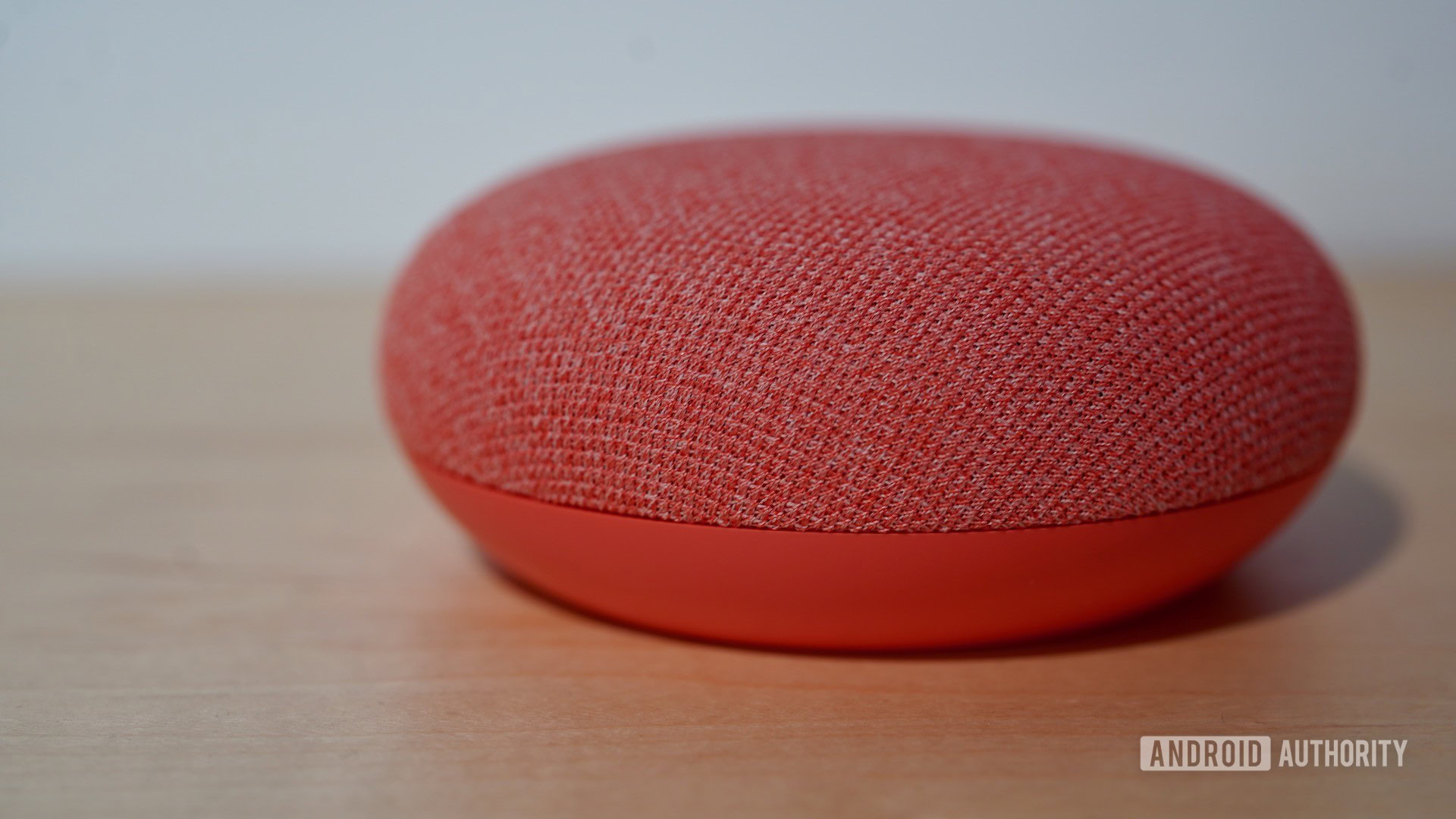
If you need to factory reset a Google Nest product, the process is surprisingly consistent, at least between current-generation devices.
Warning: This will wipe all settings from your device, and the process can’t be undone. To use your hardware again, you’ll have to set it up as a new device via the Google Home app.
If you have a Nest Mini or Nest Audio, switch off its microphone, then tap and hold the play/pause button. After 5 seconds, the reset process will begin ― sort of, since this is really just your last chance to back out. Hold for another 10 seconds, and you’ll hear a sound confirming a reset is genuinely underway.
On a 2nd gen Nest Hub or a Nest Hub Max, hold both the volume-up and volume-down buttons for 10 seconds. The reset will start immediately.
How to enable Guest Mode on Google Nest speakers
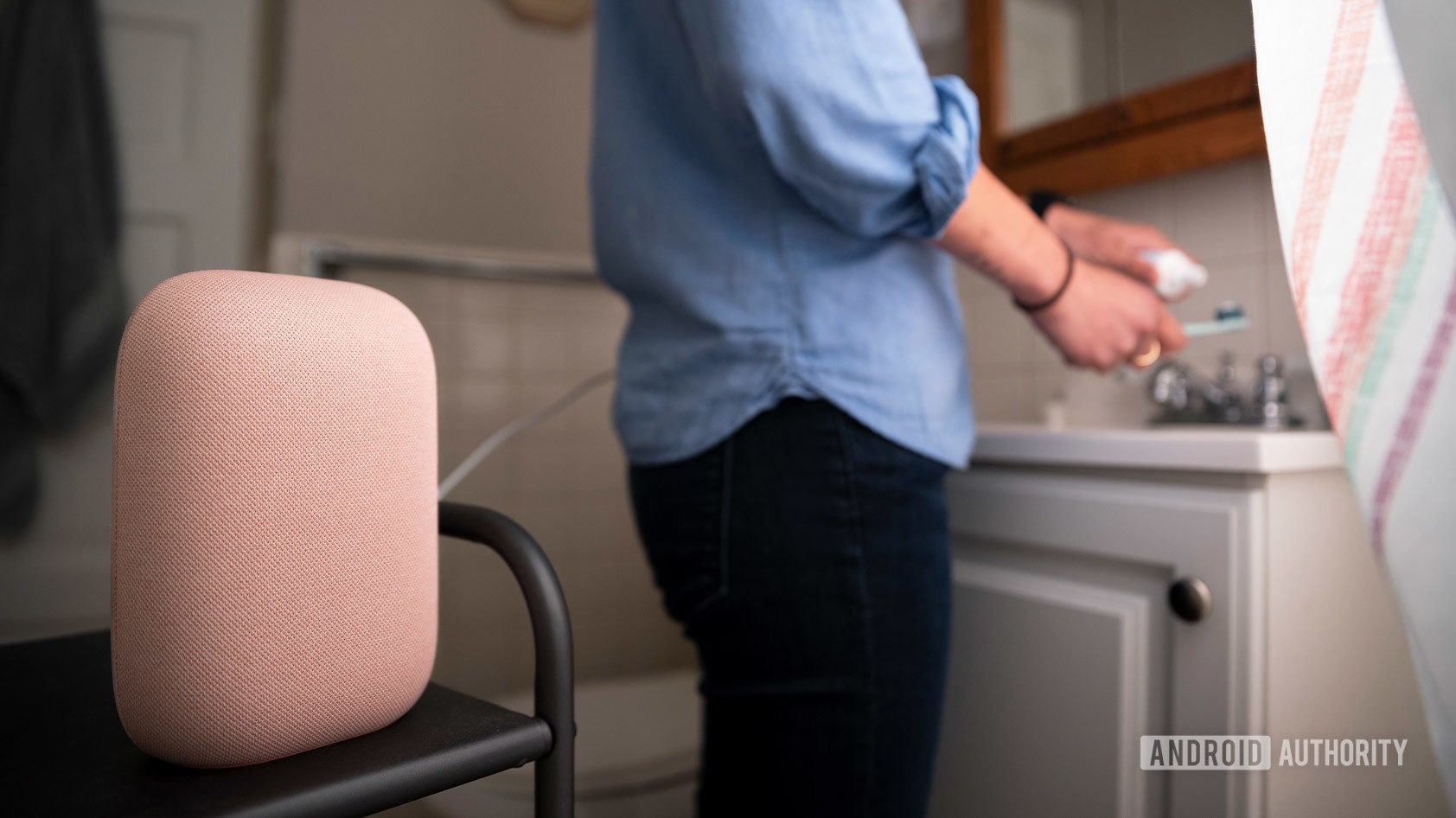
If you’re hosting a social gathering and want to give others access to your Google Nest speakers without risking personal data, the solution is Guest Mode. You can enable it by saying, “Hey Google, turn on Guest Mode,” and — perhaps unfortunately — disable it with the opposite command. Google seems to assume you’ll be around to keep an eye on guests, or that visitors may not know about Guest Mode in the first place.
While Guest Mode is on, a speaker won’t share personal data linked to your Google account, such as Google Calendar events. It also automatically deletes any Assistant activity records or voice recordings, even if you’ve opted into them.
Google warns that speakers may save activity linked to various Google or third-party services. If someone asks your Nest Audio to play a YouTube video on your Chromecast, for example, it’s going to affect your video history and recommendations.
Next: These are the best third-party Google Assistant speakers
Frequently asked questions
Without getting too technical, Wi-Fi 6 and 6E are not only faster than Wi-Fi 5, but allow for more simultaneous connections. Wi-Fi 5 can be acceptable — but many people are layering smart home accessories on top of phones, tablets, PCs, media streamers, and wearables, which can be too much to handle. Once a router is saturated, it has to temporarily drop older connections to support new ones.
Wi-Fi 6E adds a 6GHz band to the 2.4 and 5GHz bands found on other routers. Most devices don’t support 6GHz yet, but it offers even faster speeds and can further alleviate saturation.
Mesh systems improve the coverage of your Wi-Fi, eliminating dead zones and boosting speed and reliability where signal was previously weak.
Potentially. While the Nest Audio sounds great for its price, you can get even better bass, fidelity, and volume if you’re willing to spend on something like the Sonos One or Beosound Balance.
Google also lacks portable speakers and soundbars. In fact, if you’re looking for living room audio, it might be best to go with Sonos’ Beam or Arc soundbars, since you can switch between TV and music streaming on the fly, killing two birds with one stone.